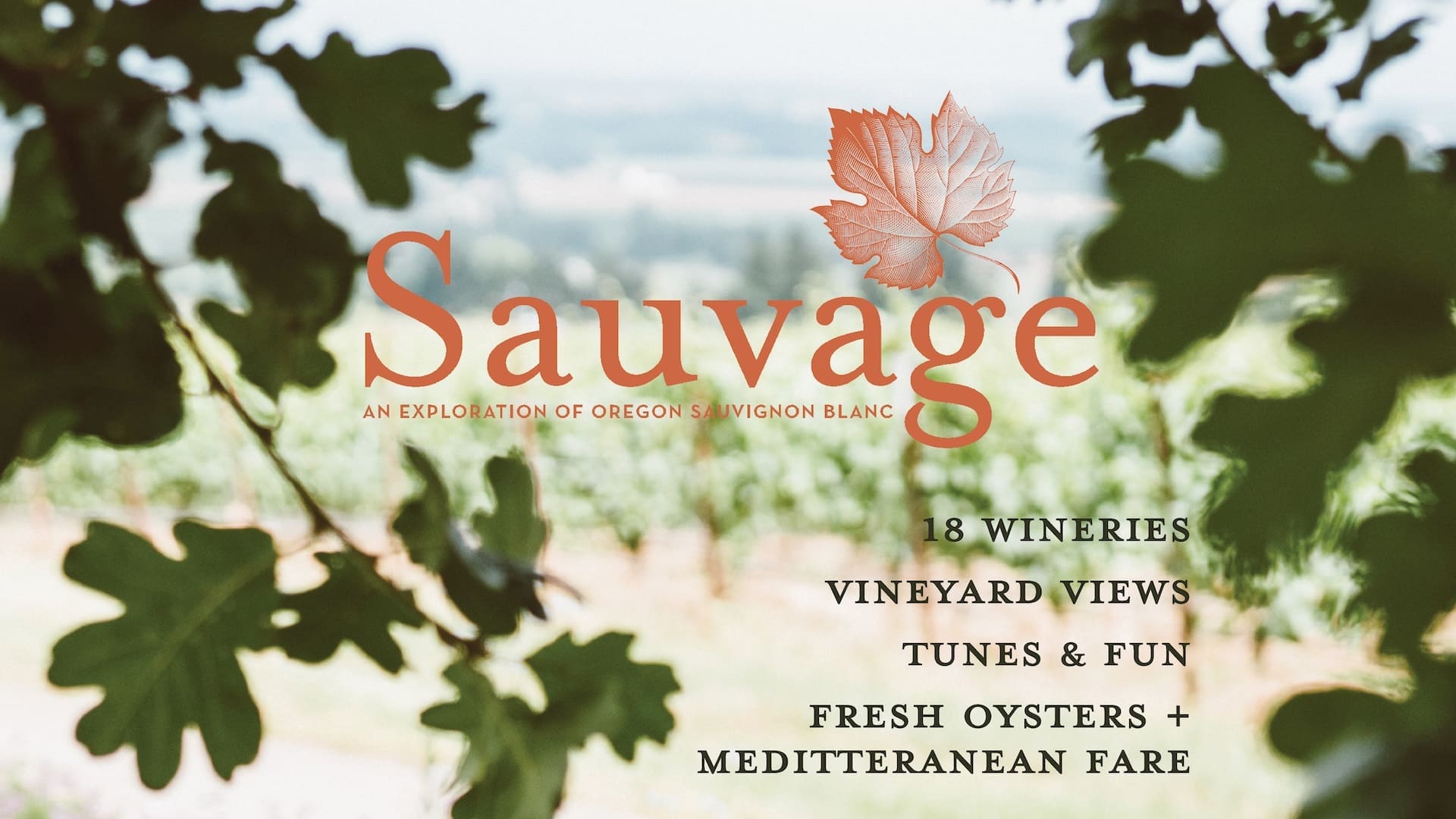You can only truly appreciate the madness that is harvest time at a winery when you witness it first-hand. The logistical piece itself is mind-boggling: figuring out where to stash tons of grapes in just about every state from recently picked to fully crushed, all while maintaining the desired level of cleanliness and control. That’s to say nothing of the labor involved, nor the costs. Yet I wanted to talk a bit about the decisions that are made in this time period and how dramatically they can impact the resulting wine. We’re leaving out the massive questions of what grapes to grow/buy and when to pick them, and starting from the moment the bunches arrive at the winery. For the sake of this conversation, I’m going to focus on red wine, as white and rosé have some similar challenges, along with unique ones.
How do I sort and crush? Or what do you do with those bunches of grapes before they are pressed for their juice? The answer can depend on a number of factors: what condition is the fruit in, was it harvested by hand (and therefore at least somewhat sorted already) or by machine and what effect do you want. In the Northwest, you’re seeing techniques like whole-cluster fermentation (leaving the grapes in whole bunches during crushing) become more popular, especially with Syrah (and Pinot Noir to a lesser extent). Yet the majority of red grapes are still destemmed and then crushed, to reduce the green flavors and tannins that allegedly come from the stems.
Do I cold soak? How long do I macerate? The question here is in regards to how much pigment (and tannin) you want to extract from the skins. Cold-soaking allows for more extraction of those compounds before fermentation begins, but those wines can often be vibrant in their youth and yet flatten out noticeably with age. Extended maceration after fermentation again allows for more extraction of color and tannin, but often the tannins extracted at the end of the process tend to be fairly harsh. Again, this is highly varietal- and site-dependent.
What yeast do I use? Most Northwest wineries use commercial yeast strains for their ferments, preferring a more controlled and predictable process. Commercial strains are typically heartier and faster, and produce a well-known set of flavors. Wild or native ferments are becoming more common however, as some winemakers find them to be more reflective of the terroir of the grapes themselves. The dirty secret though is that even if a batch of grapes is not overtly inoculated with commercial yeast, if they use them elsewhere in the winery, those commercial strains are likely to take over the process at some point.
What do I ferment in? Small vessels allow for more control and oversight by the winemaking team, while larger vessels typically have temperature controls and more uniformity. There are also stark differences when it comes to the amount of oxygen available during the fermentation: fully enclosed fermenters tend to be more reductive (with less oxygen), while open-topped ones allow for more oxygen exchange.
How do I manage the cap? The skins will naturally rise to the top of the juice, buoyed by the carbon dioxide released by yeast. Since that’s where the flavor and color is, winemakers want to periodically mix those skins back in. They can do this by punching down the cap (laborious and only works with small vessels) or by pumping juice over the top (more aggressive and costly). The newest innovation I’ve seen involves inserting a special nozzle into the fermenter and forcing filtered and compressed air into the juice, causing an almost eruptive effect that supposedly both better integrates the cap and is less traumatic than either other method.
How a winemaker answers each of these questions (and many others) goes a long way to determining what the resultant wine will look, smell and taste like, as well as how it might age. Different lots, to say nothing of different varietals, require different answers and putting together that massive puzzle is just one component of what separates the great winemakers from the rest.











